I Helped Deliver Shilakaya to Their ‘Promised Land’
I served as a Field Officer at The Water Project’s Western Kenya branch for ten years before becoming an Impact Communication Officer. During my time in that position, I was privileged to visit very many villages and learning institutions. By God’s grace, I supervised over one hundred water projects, and I remember each one.
“Have you ever lived without access to clean and safe water? What source of water are you accessing? Have you ever experienced challenges as a result of consuming dirty and unsafe water?” These were the daily questions I asked community members whenever I visited a community. They were meant to help me understand the communities’ water needs.
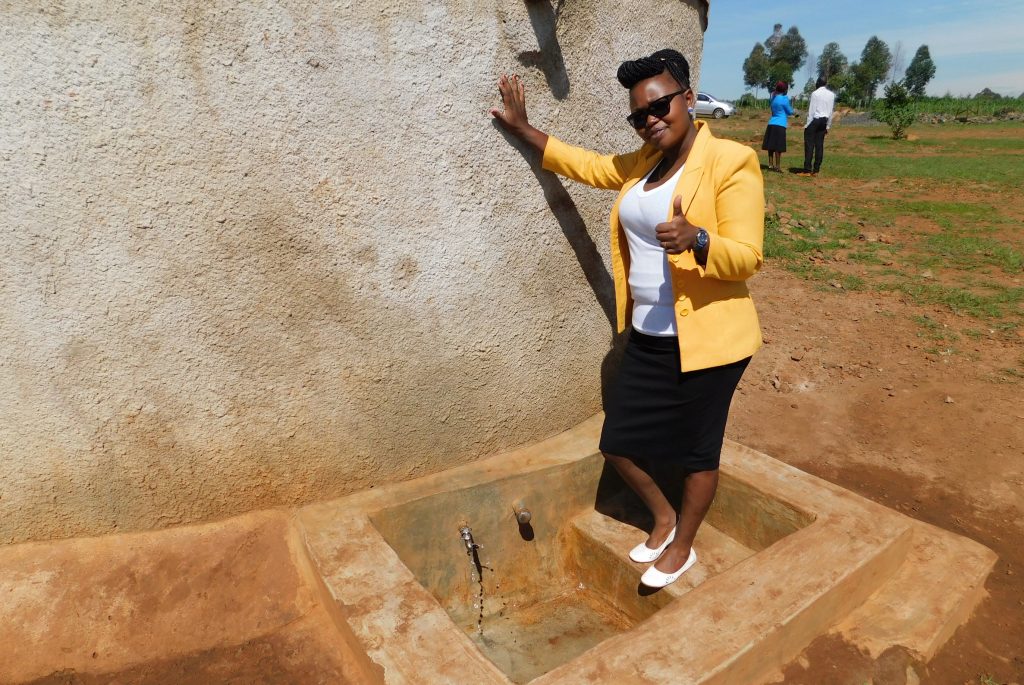
I am a true witness of what it means to consume dirty and contaminated water, and I also have a testimony of what impact clean and safe water can bring to a person’s life. I have witnessed the struggles people, particularly women and girls, go through in search of water from inaccessible sources. I have seen women who have broken their legs and arms from accidents involving slippery paths on steep slopes to and from the spring. I have witnessed marriages almost breaking up because a woman has spent so much time fetching water, raising suspicion in her husband. What haven’t I seen?
One day in 2018, I received a call from the village elder of Shilakaya Community requesting me to go and see the kind of water they were consuming. I picked a day and decided to visit the community without prior communication. On the way to the spring that early morning, I met men, women, and children fetching water.
Shilakaya Community was one of my most memorable communities — one I really relate with. Community members here are unified, and they live in peace with one another. This spring has a very high discharge, meaning that even during the harsh drought season, the spring is still viable. It serves a very huge population from a wide area, since there are no other water sources around. People flock to the spring from a market, a police station, and also a primary school.
To access the water, people had to step into a pool of water. Women had to pick up their skirts and dresses to do so. In African culture, this is seen as indecent. Women are expected to cover themselves properly and not to show off.
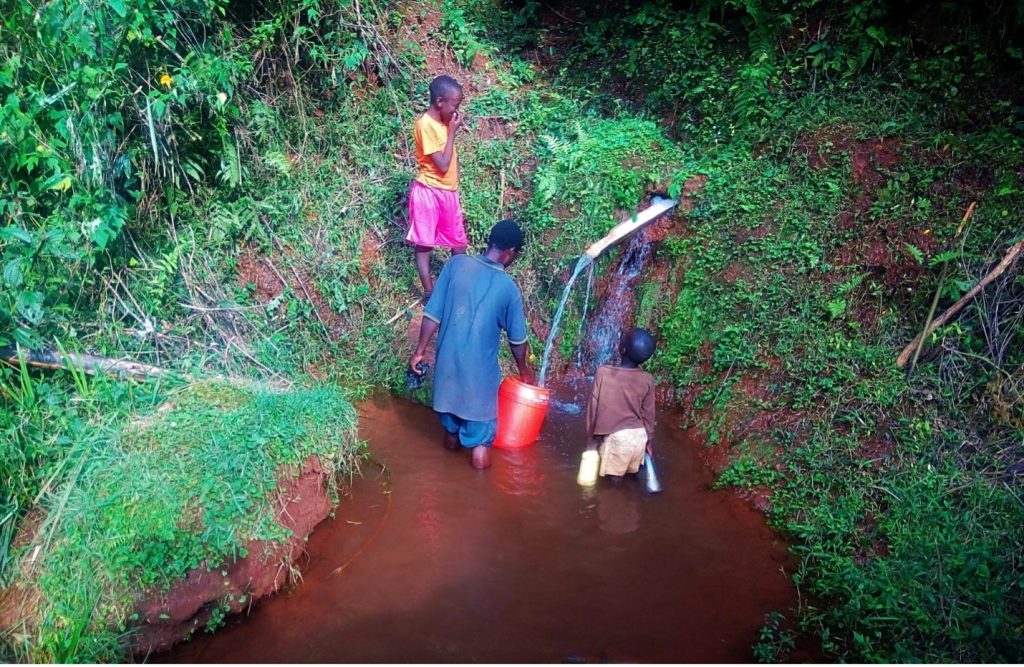
Whenever it rained, all the surface runoff ended up in the spring water, making it dirty and depositing all manner of waste inside. Further, the area was so bushy that women feared being attacked by snakes and other animals.
From my interaction with the community, it was clear that the state of the spring affected them in so many ways. The path to the spring was steep. Whenever it rained, the path became so slippery that it was totally inaccessible. People suffered health-wise as a result of consuming its contaminated water. Since it served a large population, there was constant traffic that led to congestion and overcrowding throughout.
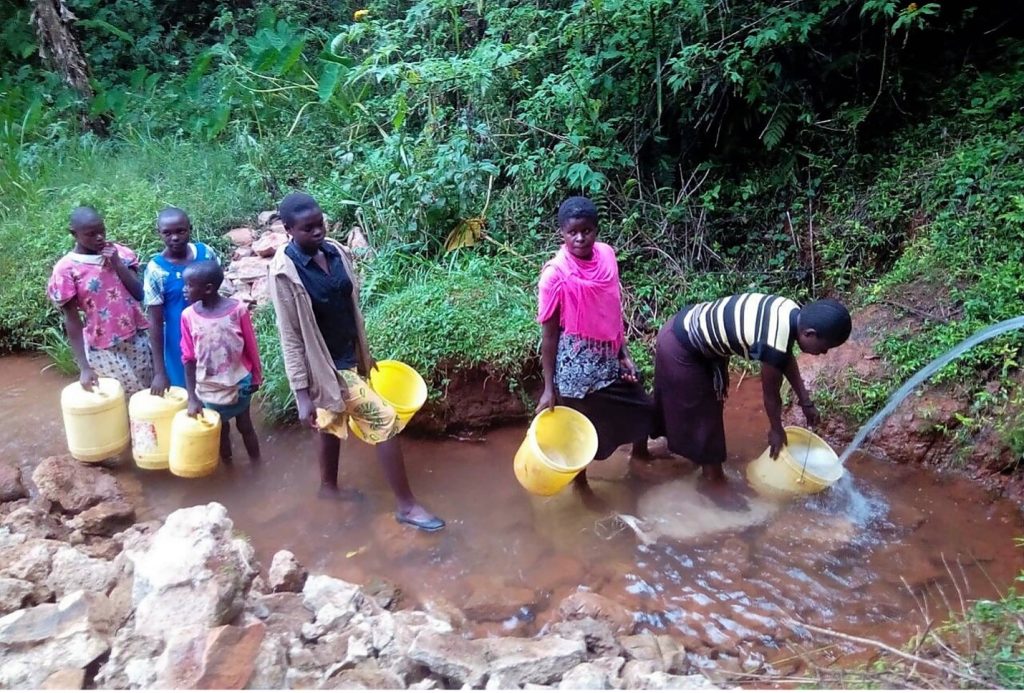
Just like Moses in the Bible, and as an officer working with The Water Project, I knew that it was time to save them from their suffering and to deliver them into “the promised land” full of clean and safe water.
In 2018, The Water Project protected Shanamwevo Spring. Due to its high yield, we installed four discharge pipes, which were all full of flowing water. The spring became accessible, the water became clean, and the congestion was reduced. The bushy surroundings were all cleared, and the rainwater runoff was managed by drainage trenches. The songs of infections and illnesses became things of the past, replaced with songs of praise to The Water Project.
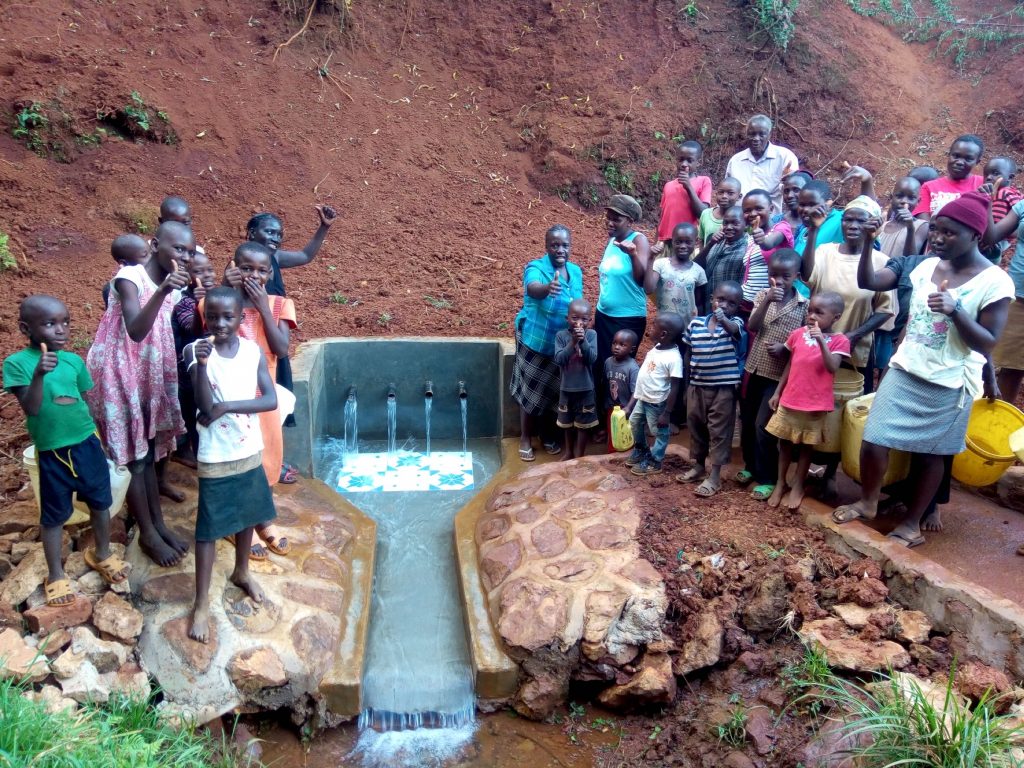
The people of Shilakaya Community no longer have issues with water. Their focus has shifted to income-generating projects. They started fish farming and planting vegetables next to the spring.
The spring is in perfect condition and still serving the community. I believe it will still serve them for very many years to come. Whenever I visit these people, I come back home with maize, chicken, groundnuts, beans, sweet potato, cassava, and fresh vegetables. The community members are still appreciative of The Water Project.
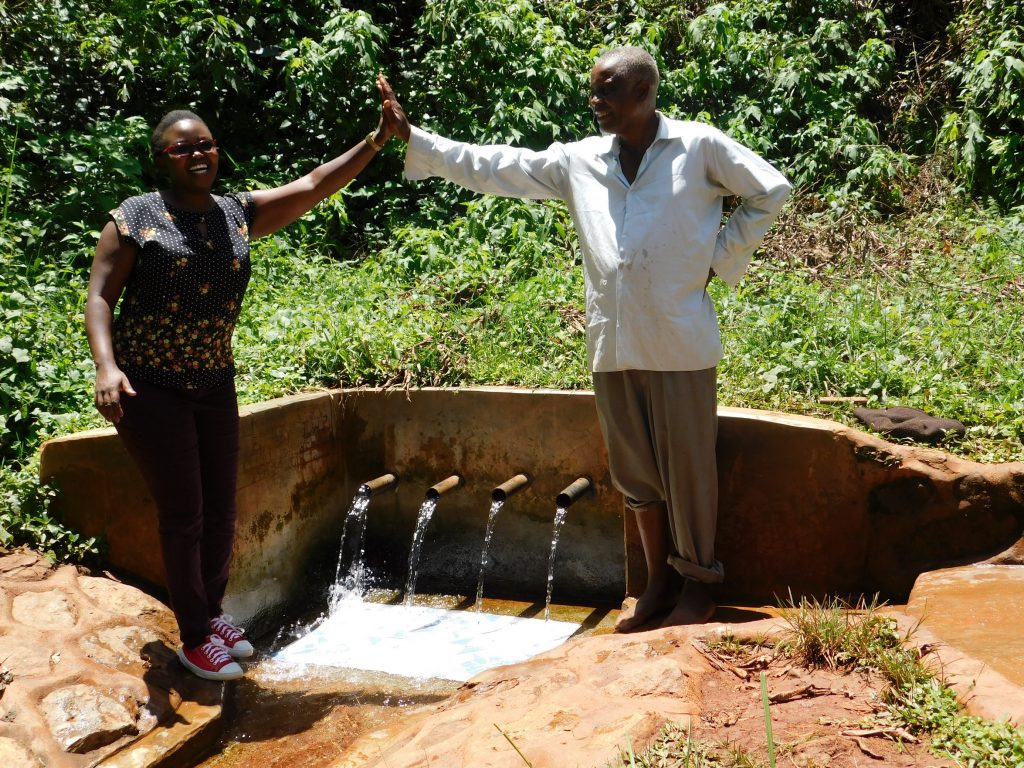
“The community has transformed in various ways,” Mr. Shilaho said one year after the spring’s protection.
“[For example,] the conflicts earlier experienced among neighbors due to minor disagreements…[are] now a thing of the past, and we all live in unity. The financial resources that were initially used for medicinal purposes are now spent catering to development activities since people rarely go to hospitals for treatment of water- [and] sanitation-related diseases…You are a Godsend, and [we] love you all.”
This is just one case out of the many I handled as a field officer. The Water Project saved Shilakaya Community. But there are very many communities that are still battling issues of water. Children are missing school, mothers frequenting the hospitals, and poor fathers spending money they do not have on medication.
Are you willing to stand with these people? Yes, you! Your donation would not only save a village, but an entire generation.
Home More Like ThisTweet